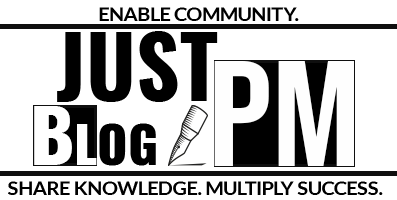Procurement documents play a pivotal role in the procurement process, ensuring that the buyer and seller are on the same page regarding expectations, requirements, and deliverables. These documents bridge the buyer’s needs and the seller’s offerings, ensuring clarity, transparency, and mutual understanding.
Key Types of Procurement Documents:
- Request for Information (RFI):
- Used to gather general information about potential sellers’ capabilities, products, or services.
- Helps in shortlisting potential vendors.
- Request for Proposal (RFP):
- Detailed document that outlines the project’s requirements and asks potential sellers to propose solutions.
- Often includes criteria for selection, project timelines, and other specifics.
- Invitation for Bid (IFB):
- Used when the buyer knows exactly what they want and is looking for potential sellers to provide a bid.
- Focuses primarily on price.
- Request for Quotation (RFQ):
- Similar to IFB but typically used for smaller or more straightforward purchases.
- Asks sellers to provide a quote for specific goods or services.
- Tender Notice:
- A public announcement inviting sellers to submit bids for a project.
- Common in government projects.
- Invitation for Negotiations:
- Invites potential sellers to negotiate terms, prices, and other details.
- Used when the buyer wants flexibility in terms and conditions.
- Seller Initial Response:
- The seller’s first response to any of the above documents.
- Provides initial information, pricing, or solutions based on the buyer’s requirements.
Importance of Clear Procurement Documents:
- Transparency: Clear documents ensure both parties understand the requirements, expectations, and deliverables.
- Risk Reduction: Detailed documents reduce the risk of misunderstandings, disputes, and potential legal issues.
- Efficiency: Streamlined and standardized documents speed up the procurement process.
- Accountability: Clearly defined roles, responsibilities, and deliverables ensure both parties are accountable.
Conclusion:
Procurement documents are the backbone of the procurement process. They provide a structured way for buyers to communicate their needs and for sellers to respond with their offerings. By ensuring clarity, specificity, and mutual understanding, these documents lay the foundation for a successful procurement process and a fruitful buyer-seller relationship.


